
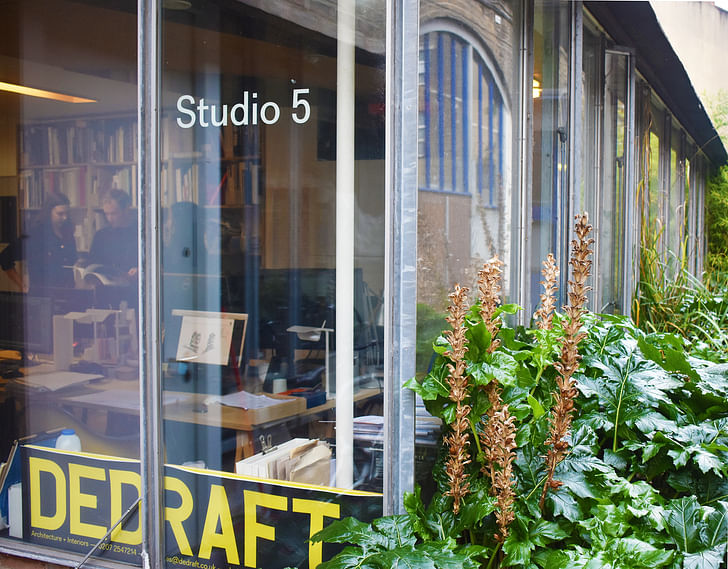
Grant Straghan founded deDraft in 2010 after studying at Hull School of Architecture and working for practices across the UK including MAP Architects in Belfast, GHM Group in Leeds and DMFK Architects in London. Now a solid team of three, and seven years in, they work closely together to create 'imaginative yet functional' design, mostly residential for now but with their sights set on much bigger things.
For this Small Studio Snapshot feature, we spoke to the team about the benefits of staying small and how their studio set up supports their creativity.
How many people are in your practice?
Three of us. I am the Director. Maria is a Part 1 in her second year studying at Kingston, she could go back and do her diploma but she wants to stay on and learn a bit more. Steph is completing her Part III and is two years post part II. Previously she worked at a much larger practice before coming here but wanted to downsize so she could get more experience for her part III.

Why were you originally motivated to start your own practice?
I was working at a bigger practice, 14 people originally, then down to 7 in the recession and it just got to the stage when I thought, ‘I could this’ and I wanted to put my own stamp on things. It feels like when you leave university you don't really get to have your say - you design something then it goes to the directors and it gets watered back down to the way they want, it to fit their style. It was getting to the stage where I just really wanted to do my own work, make my mark.
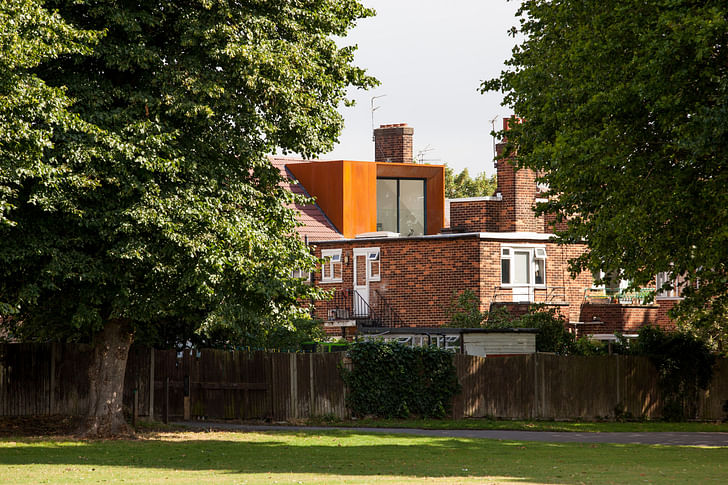
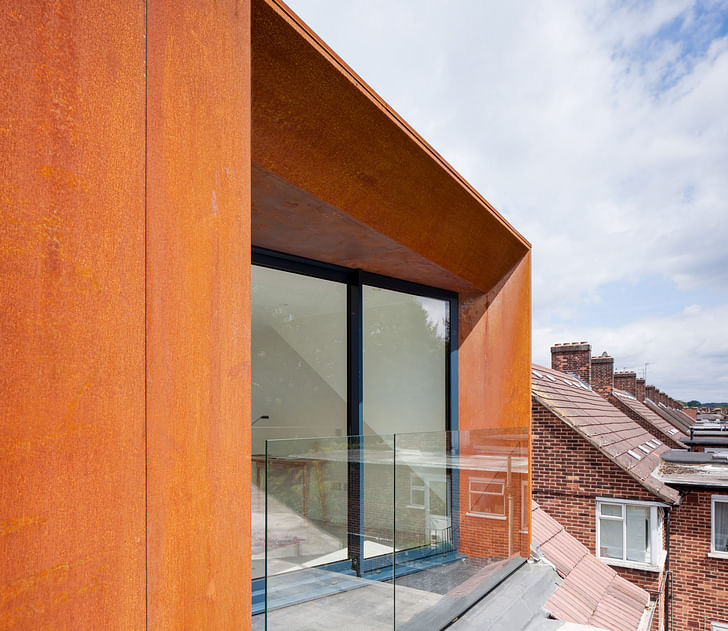
What hurdles have you come across?
One of the first hurdles was trying to work out if I could afford to take somebody else on. I wanted to fully employ someone and invest in them rather than take on freelancers.
The other thing was how we actually got our work out there. Most of the work we got was through word of mouth but to get more commercial work we felt we needed a really strong website. I had initially done it myself, then I went to a graphic design studio called Build who are very well known designers. They used to work for Designers Republic and then set up on their own. They come across as very big, 20/30 people but then I found out they are actually in Walthamstow and there is only 4 of them. They wanted to work with small local creatives and on the whole scheme, the whole identity. The cost initially was huge and it is a big commitment, however, the whole process was very helpful, especially when starting out and gave us the opportunity to really think about who we wanted to be.
The biggest hurdle of all though is time, which I suppose is the same for everyone. Trying to get the time to actually spend on designing rather than admin, as that stays the same no matter what size the project is, is incredibly tricky.

Why did you choose this studio space?
When I was working from my flat in Walthamstow it was difficult to invite people round. We did once get shortlisted for a very high profile competition and consequently had four judges turn up on my doorstep, which I think was a shock (for them)! But it is surprising the work you can do in a small space.
This was our first studio space and we share it with another architect who has his own company. He works a lot on digital imagery/CGI, and takes all our photos -it is nice to hear what he is working on, we help each other out and he gives his opinion on our work. It is great to have someone outside of the practice give advice.

Is scaling up a goal or would you like to maintain the size of your practice?
I think three is good but we are at the stage now where we want to get out there a bit more and spread the word. In terms of the size of the studio I think it is good but we want to move away from purely private residential work. We would like to increase the scale of jobs.
Five people would be the max unless we took on a lot more commercial work. This size of studio suits me and I like this studio space.
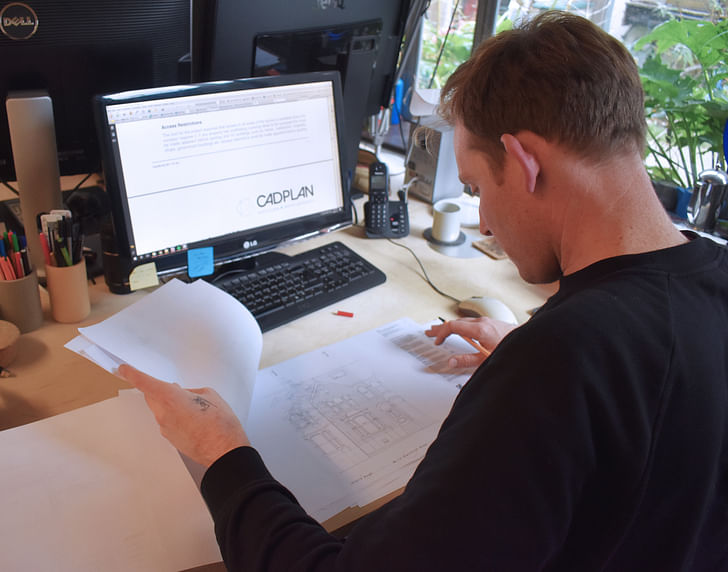
What Projects are you working on?
One residential refurb/expansion in Walthamstow, (we try not to do everything there!), all cast in-situ visual/structural concrete, and another large Corten-clad refurb in Hackney. We are also working on our first new-build house in Oxfordshire which is in a Grade II listed 'Capability Brown designed' park setting with a Grade I listed stately home and they have consent for three contemporary homes in the park land.
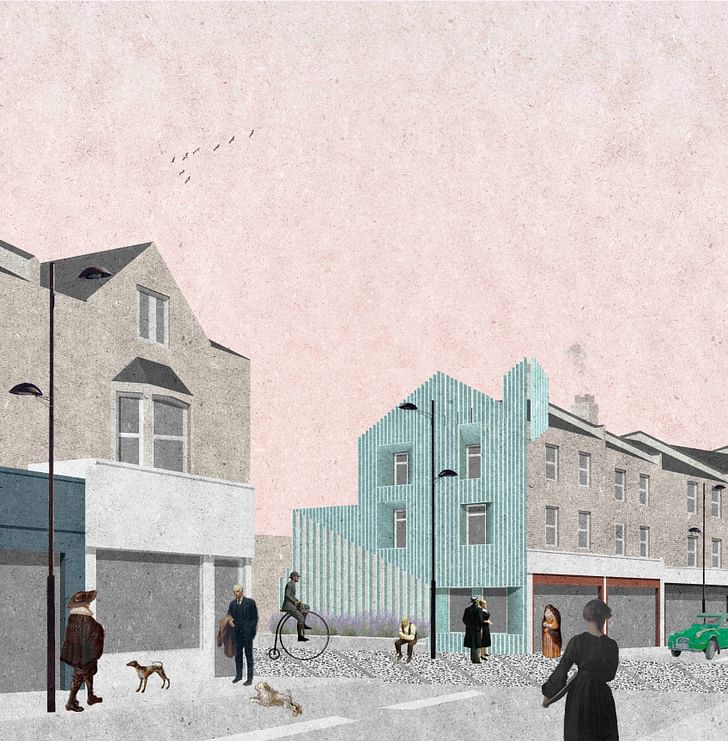
Do people come to you specifically, knowing you are a smaller practice?
Some people will do but often they think we are bigger than we are. When I first started and was on my own, one particular client was a little worried what would happen to his money if something happened to me, it was a bit worrying but very practical really.

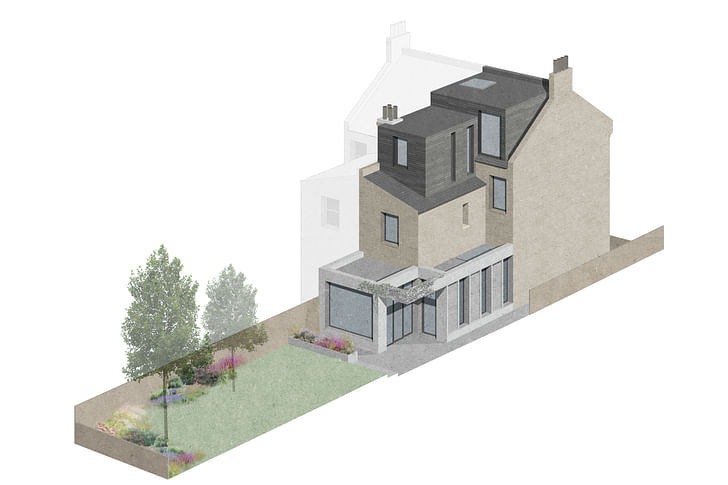
Steph, what is it you like about working for a smaller practice?
I was at a practice with 70 people before and this is a totally different experience, we chat when we are working and it is a very nice, community environment. I have also had much more first-hand experience, going to site meetings, client meetings - if you are freshly graduated it is really valuable experience.
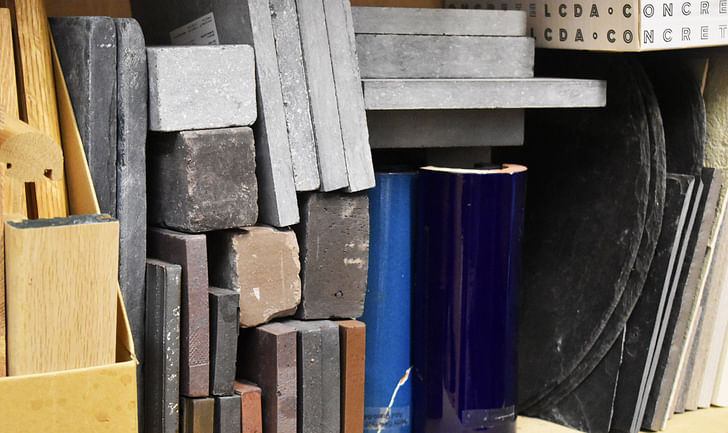
Why are you called Dedraft?
From a miss-read Warp Records - Autechre album cover that used to sit at the end of my bed - I always thought it read deDraft, though actually the album is just called Draft 7.30 with a logo tight next to it!

Ellen Hancock studied Fine Art and History of Art at The University of Leeds and Sculpture at Mimar Sinan Fine Arts University in Istanbul.Now based in London she has a keen interest in travel, literature, interactive art and social architecture.
No Comments
Block this user
Are you sure you want to block this user and hide all related comments throughout the site?
Archinect
This is your first comment on Archinect. Your comment will be visible once approved.